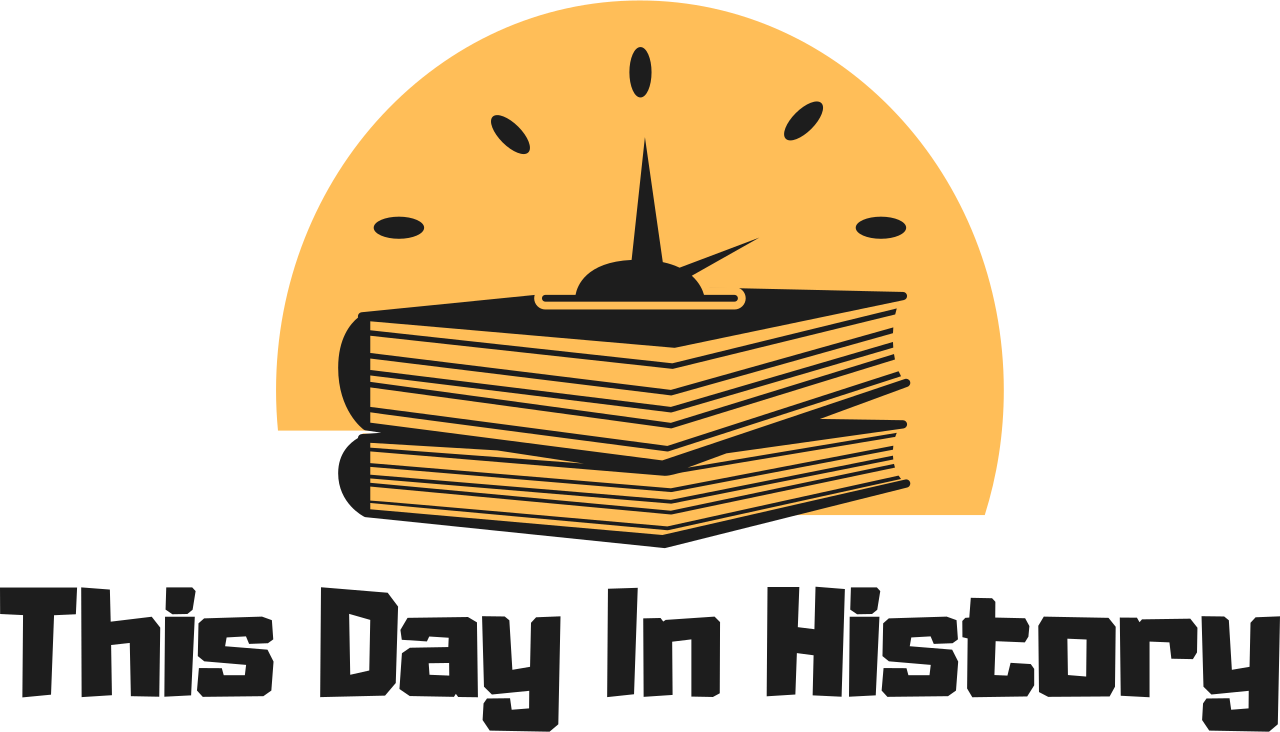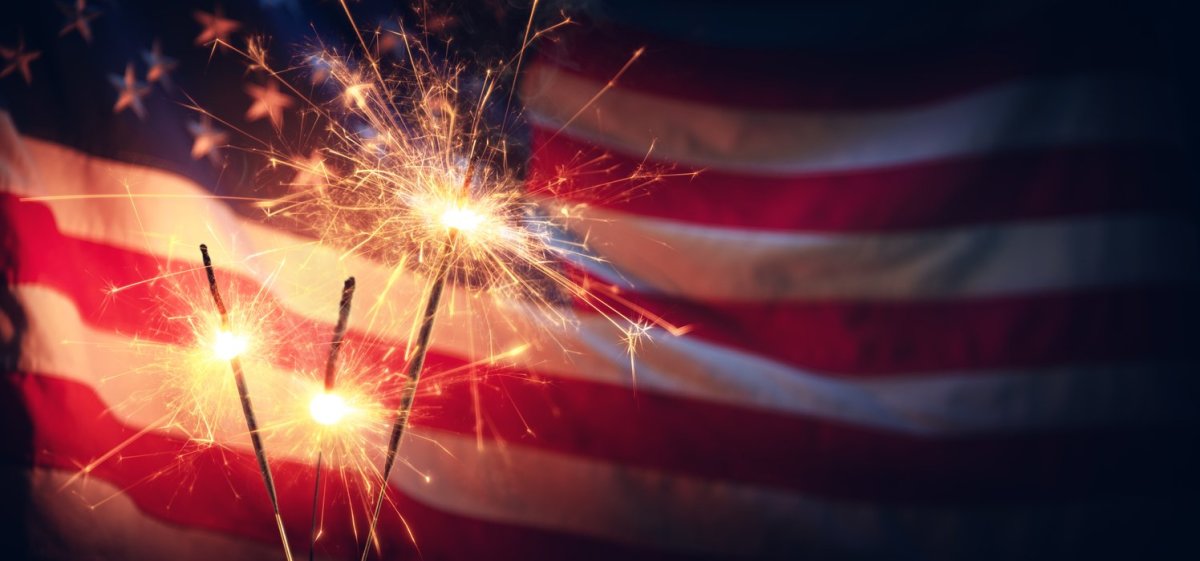On July 4th, Americans celebrate Independence Day, commemorating the adoption of the Declaration of Independence on July 4, 1776. This historic document, drafted primarily by Thomas Jefferson, proclaimed the thirteen American colonies’ independence from British rule and marked the beginning of the United States of America as a sovereign nation.
The Declaration of Independence
The Declaration of Independence was a culmination of years of growing tension and conflict between the American colonies and Great Britain. Since the early 1760s, colonists had increasingly protested against British policies that they believed infringed upon their rights, such as taxation without representation and restrictions on trade. Efforts at reconciliation failed, and by mid-1776, the Continental Congress in Philadelphia turned its attention to formally declaring independence.
Drafting and Adoption
Thomas Jefferson, along with John Adams, Benjamin Franklin, Roger Sherman, and Robert Livingston, formed a committee tasked with drafting the declaration. Jefferson, known for his eloquence and clarity of thought, penned the document, drawing on Enlightenment ideals of natural rights and self-government. On July 2, 1776, the Continental Congress voted in favor of independence, and two days later, on July 4th, they approved the final text of the Declaration of Independence.
Contents of the Declaration
The Declaration of Independence begins with its famous preamble, asserting that “all men are created equal” and endowed with “unalienable Rights” such as life, liberty, and the pursuit of happiness. It then lists a series of grievances against King George III, accusing him of tyranny and outlining the colonies’ justification for breaking away from British rule.
Celebrations and Traditions
Independence Day quickly became a significant national holiday, celebrated with fireworks, parades, concerts, and gatherings of family and friends. The day typically begins with the reading of the Declaration of Independence in various public settings, followed by patriotic displays and festivities. Fireworks displays are a central feature of celebrations, symbolizing the rockets and bombs that burst over battlefields during the American Revolutionary War.
Historical Significance
Independence Day holds immense historical significance for Americans. It represents the birth of a nation founded on principles of liberty, democracy, and self-governance. The Declaration of Independence not only declared the colonies’ independence but also articulated universal principles that have inspired freedom movements around the world.
Legacy and Impact
Over the centuries, July 4th has evolved into a day of reflection on American history and values. It serves as a reminder of the sacrifices made by those who fought for independence and the ongoing struggle to uphold the principles laid out in the Declaration of Independence. The holiday also underscores the diversity of the American experience, as people from all backgrounds come together to celebrate their shared heritage and aspirations for a better future.
Modern Observance
Today, Independence Day remains one of the most widely celebrated holidays in the United States. It is a time for communities to come together in unity and pride, honoring the country’s past while looking ahead to its continued progress and challenges. Parades, barbecues, and concerts fill the day, with displays of patriotism visible in decorations and attire adorned in red, white, and blue.
Conclusion
In conclusion, July 4th is a cherished holiday that commemorates the bold declaration of American independence and the foundational principles upon which the nation was built. It is a day to celebrate freedom, democracy, and the enduring spirit of the American people. As we mark Independence Day each year, we reflect on the values that unite us and reaffirm our commitment to preserving liberty and justice for all.












What do you think?
It is nice to know your opinion. Leave a comment.